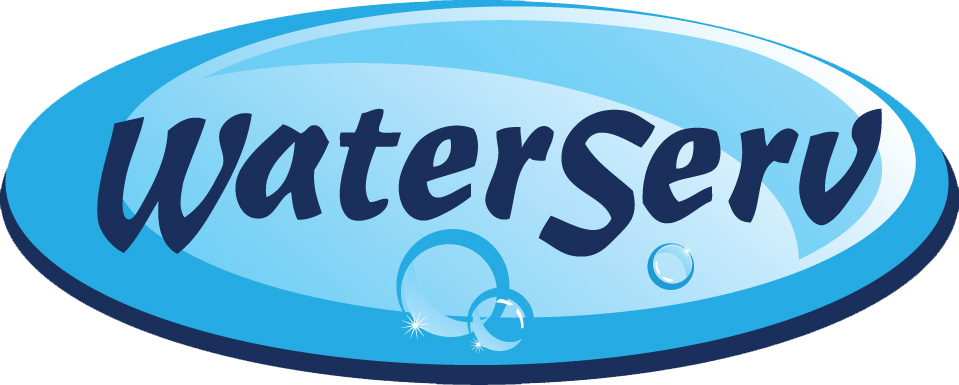Drinking Water Systems
Reverse Osmosis
Reverse osmosis drinking water systems include membrane separation, activated carbon adsorption and micro filtration to reduce the contaminants that can be found in drinking water. The Reverse Osmosis process of filtering drinking water is considered by many to produce the highest quality water feasible in a residential application.
Contaminants
Water for drinking, beverages and preparing foods should be safe and free from harmful contaminants. This is particularly important if you get your water from a private well. Even if your municipal water meets all the standards it may contain other impurities that could be responsible for long term health effects. Many of these impurities are tasteless, colorless and odorless.
Foul Taste & Odors
From its passage from clouds to your tap, water comes in contact with many different impurities which can produce a foul taste and odors that can ruin the enjoyment of prepared foods and beverages.
Turbidity & Color
Cloudy water is due to turbidity, or finely divided particles. Color in water is most often due to dissolved organic matter. Often, these problems result in water that is unpleasant to drink. Turbidity and color in water can easily be corrected with point-of-use water treatment systems.
IF YOU THINK BOTTLED WATER IS THE ANSWER, THINK AGAIN!
Many individuals are buying bottled water because they are concerned about drinking water quality, yet much of the “bottled” water is not held to any higher standard than the local municipal drinking water. Bottled water is inconvenient and expensive enough that most people do not cook with it, even though our foods absorb the contaminants from the water they are cooked in. Reverse Osmosis produces high quality, highly filtered, great tasting drinking water for pennies per gallon and is on tap for anything you want to use it for, so go ahead and cook that pasta in the good water.

